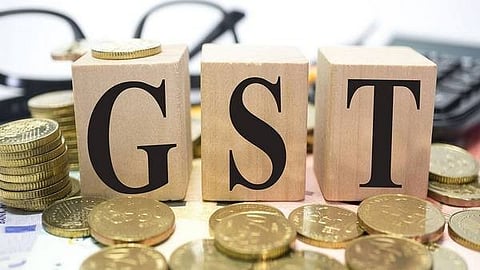

If May GST collections – tax collected for April transactions – are anything to go by, India’s economy started the financial year with a bang despite the disruptions caused by US president Donald Trump’s threat of reciprocal tariffs.
Gross monthly GST collections in May rose by 16.5% to breach Rs 2 lakh crore mark (Rs 2.01 lakh crore to be exact) – only third time since GST came into force in July 2017. Gross domestic revenue rose by 14% to Rs 1.5 lakh crore, while revenue from imports increased by 25% to Rs 51,000 crore.
Net GST revenues (after deducting refunds from gross collections) showed even better buoyancy as the same increased by 20.4% to Rs 1.74 lakh crore. Total refunds contracted by 4% year-on-year.
This is the second month in a row when gross collections witnessed double-digit growth. In April, gross GST collections hit an all-time high of Rs 2.36 lakh crore in April 2025, 12.6% higher than the collection of Rs 2.10 lakh crore in April 2024. This augurs well for the country as FY25 showed GST revenue collections growth slowing down to single digit numbers.
“A 16% growth in GST collections in the month shows a renewed upward momentum after a few months of growth in the range of 11 to 12%. If the growth continues in this range for next couple of months, it might provide the cushion for the Government to look at rate rationalization on which a lot of work has already been done,” says Pratik Jain, Partner, Price Waterhouse & Co LLP.
Meanwhile, MS Mani, partner, Deloitte India, says a 25% higher GST revenue from imports indicates that imports have accelerated despite recent tariff headwinds.
Several large states, especially those in the South, have seen high double-digit growth. Collections from Maharashtra rose by 17%, Karnataka by 20%, Tamil Nadu by 25% and Kerala by 24%. Bihar (23%) and Delhi (58%) and West Bengal (18%) are few other notable good performers during the month. Gujarat (4%), Telangana (6%) and Andhra Pradesh (-2%) were few of the laggards.
According to MS Mani of Deloitte India, the wide variations in the growth of GST collections across states require a thorough analysis across the sectors that are important in each state.
“The average growth across the country does not appear to be uniformly reflected across states, possibly due to sectoral or seasonal factors which require a deeper data-based analysis,” he argues.